SureFire SOCOM-4 Series—A New Fighting Suppressor
Fountain Valley, CA—SureFire, LLC, manufacturer of the world’s finest—and most innovative—illumination tools and…
Fountain Valley, CA—SureFire, LLC, manufacturer of the world’s finest—and most innovative—illumination tools and…
Shinenyx—creators of a cutting-edge fusion of digital night vision and thermal imaging technology—has…
German Precision Optics’ Passion APO is a high-performance compact spotting scope designed and…
The Mod-Navy Qual I’ve been doing this qual (or drill, or whatever the current nom…
• Built for road trips and off-road use• Manual transmission equipped• Wrapped in MultiCam Arctic…
I designed the Button Man to give shooters a low-round-count, low-light-engagement drill that involved both…
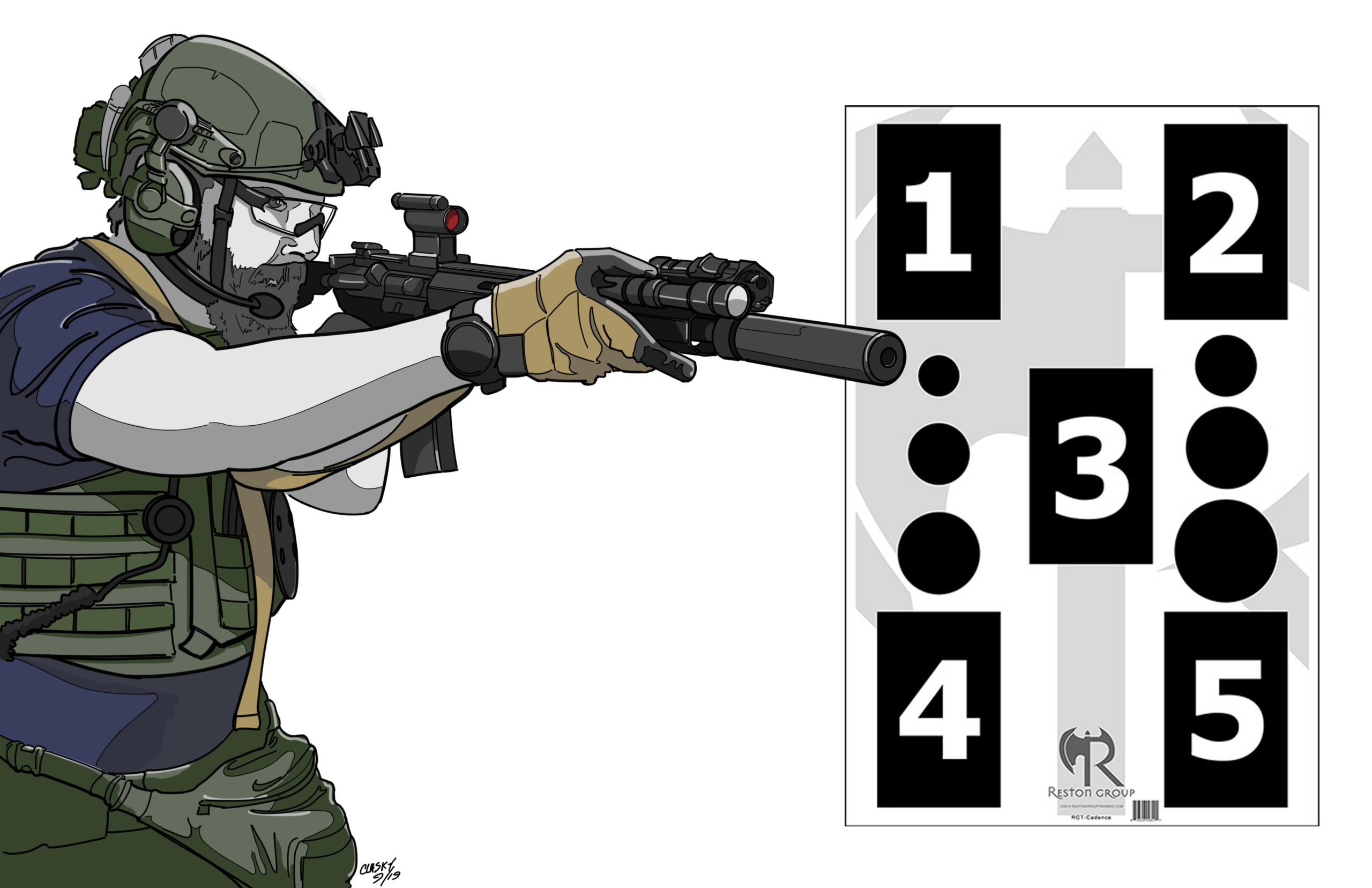
Text by Jared Reston
Illustrations by Charles Lasky
One of the core tenets of Reston Group has been to combine tactical training with the information gained from competition and human performance science. Our goal has been to use both fields to design practical and effective training that directly improves our students’ abilities. After several personal lethal force encounters while working as a police officer, studying other lethal force encounters, and observing how professional shooters shoot complex targets, I realized that perhaps we are outshooting our brain – trying to shoot faster than we can process situations.
Performance science tells us that it takes our brain .25 seconds to recognize and react to a stimulus. If we are shooting split times faster than that then we are, by definition, outshooting our brain. The same professional competition shooters who are capable of amazingly fast shot split times on a single target shoot movers and plate racks with slower shot cadences.
On the practical side, meat moves when being shot. This movement is completely unpredictable; both when it will move and how it will move. At the same time, only good hits will end the fight in a determined adversary. Therefore, as practical shooters training for reality, we must train to shoot these unpredictable, moving targets.
A competition shooter is better able to adjust his cadence to a particular situation because he is under less stress and has seen the upcoming course of fire. As practical shooters, we must train a cadence that gets us the needed good hits in any situation.
The target has 5 slightly shortened A-Zone boxes and three circles on both the left and right side. The boxes are blacked out with large white numbers in them. The numbers are large enough and contrast enough that the drills can easily be shot under nightvision.
The solid black circles on both sides are set up as the accuracy standard for both pistol and rifle. The left side circles are to be used with a rifle from top to bottom the circles get larger from 2”, 3”, and 4”. The right-side circles are to be used with the pistol and from top to bottom the circles get larger from 3”, 4”, and 5”. Note: The Reston Group Cadence Target is available from Action Targets.

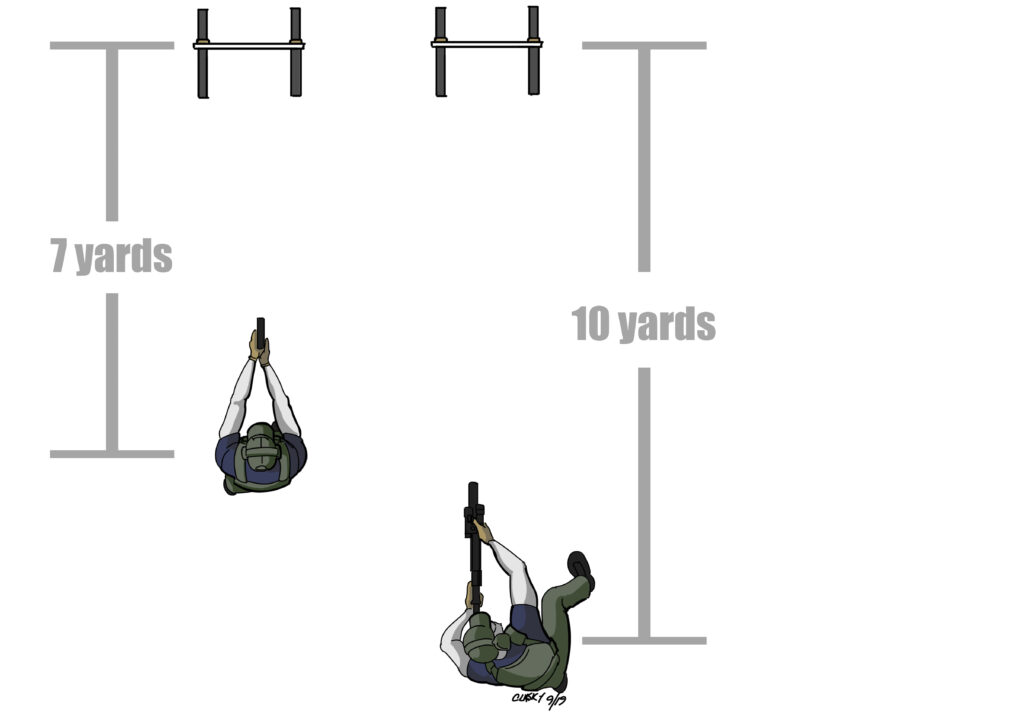
The pistol circles should be shot from the 7-yard line and the rifle from the 10-yard line. The top circle is to be shot using a 1 second cadence, the middle circle a .5 second cadence, and the bottom a .27-.31 second cadence. Each circle is shot with 5 rounds and all five rounds need to be inside the circle.
An easy way to practice the cadences is to count out loud. The one second cadence is counted “One-one thousand, two-one thousand, three-one thousand, four-one thousand, five-one thousand.” The .5 second cadence is counted, “1 and 2 and 3 and 4 and 5.” The .27-.31 cadence is counted at a rhythmic, “1, 2, 3, 4, 5.”
Do not just throw away the earlier, slower cadences. They build the mental concept of staying within your defined cadence. And, the mental discipline to not needlessly chase too fast splits. More importantly, the slower cadences allow you to really work on your follow through. Use the longer split times to evaluate your performance. As in, did I really prep my trigger, did the sights come back on target, am I prepped for the next shot?
This drill is also shot from the 7-yard line with pistol and the 10-yard line with rifle. The pistol will start from the holster and the rifle from a low ready. Before the shot timer signal someone will give you 5 numbers from the target in random order – representing the 5 numbered boxes.
On the signal you will draw or snap up your weapon and engage each number called with one round. (Example: 1,2,3,4,5 or 3,3,4,4,5) The goal for the drill is a hit on each box as prompted, with an even cadence between shots – no misses. If you imagine someone listening to your shots with their back turned, they would hear no difference between any combination of shots.
Optimally, five shots to one box would sound the same as one shot to five separate boxes. Holding yourself to this standard forces you to both control your cadence when shooting to the same box/target and speed up your transition time between boxes/targets.
The most important training goal in the beginning is shooting an even cadence with no misses, even if this seems “slow”. Over time you will develop your ability to accurately shoot any combination of targets at the 1,2,3,4,5 (.27-31 sec.) pace. You will then be prepared to accurately engage an adversary while still maintaining the ability to react to changing conditions. Once you reach this standard, resist the temptation to shoot even faster.
Rifle Standard: 2 seconds with 0 misses
Pistol Standard: 2.75 seconds with 0 misses
About Jared Reston
Jared Reston has been a law enforcement officer with the Jacksonville Sheriff’s Office since 2001 and has been an active member of S.W.A.T. since 2004. Jared is currently assigned as a Detective in the Department of Homeland Security/Gang Investigations Unit, and he is the assistant team leader and lead firearms instructor for the SWAT team. Jared has been involved in the successful resolution of over one thousand S.W.A.T. missions, including several lethal force incidents.
For his actions in a January 2008 shooting, he was awarded The President of the United States “Medal of Valor”, American Police and Hall of Fame’s “National Police Officer of the Year”, Fraternal Order of Police’s “Florida Police Officer of the Year”, and the State of Florida’s “Law Enforcement Officer of the Year.”
Jared has had the opportunity to train with, and be trained by, some of the finest firearms and tactics instructors in the country.
PQs:
“Performance science tells us that it takes our brain .25 seconds to recognize and react to a stimulus.”
“As practical shooters, we must train a cadence that gets us the needed good hits in any situation.”

Shooting drills are an important part of formal training and an important part of practice. Whether for self-defense or competition, a drill establishes a goal, and goals are…

The tripod is the essential tool to allow the precise delivery of fire from any rifle or carbine weapon system. It eliminates dependence on natural features or expedient…
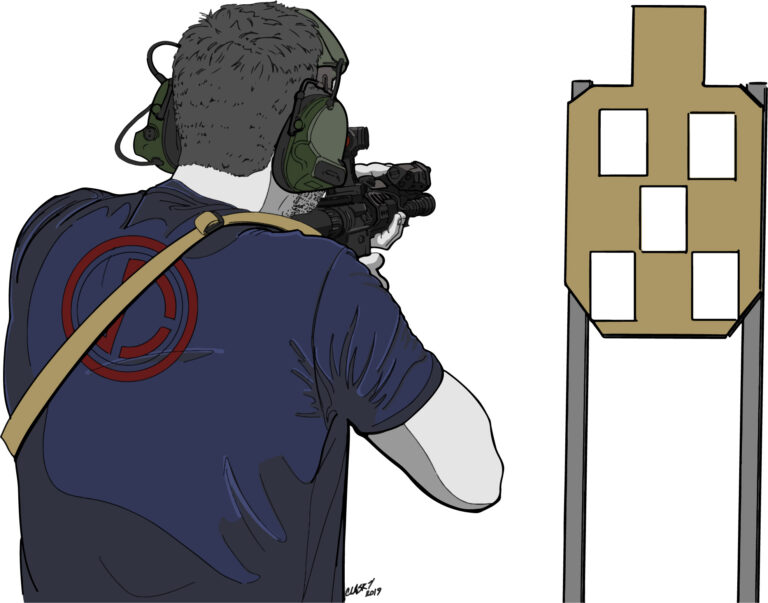
As an avid student and teacher, I use drills and exercises to isolate skills. Drills are not scenarios. They should be viewed as an exercise. Like going to…
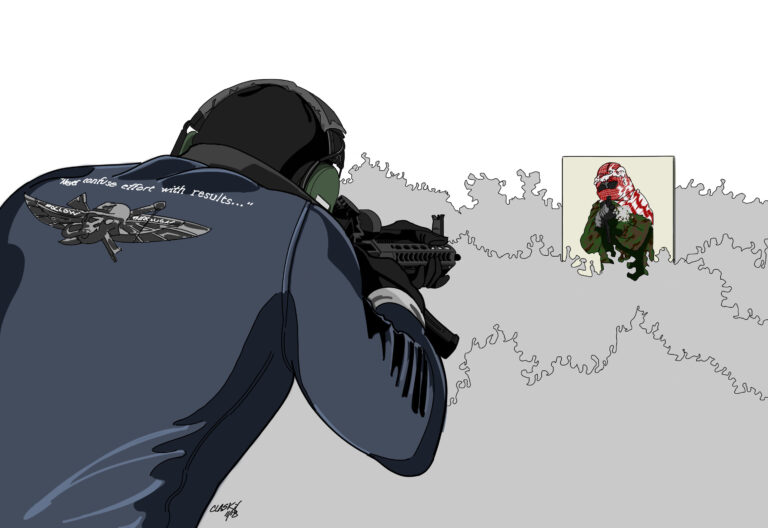
A key training objective I try to achieve when shooting is to always observe the effects of my bullet impacts on and around my target. I refer to…

The V Exercise was created for those who would like a continuous moving-and-shooting exercise that can be scaled to a moving-and-transitioning exercise. It is intended to force more…
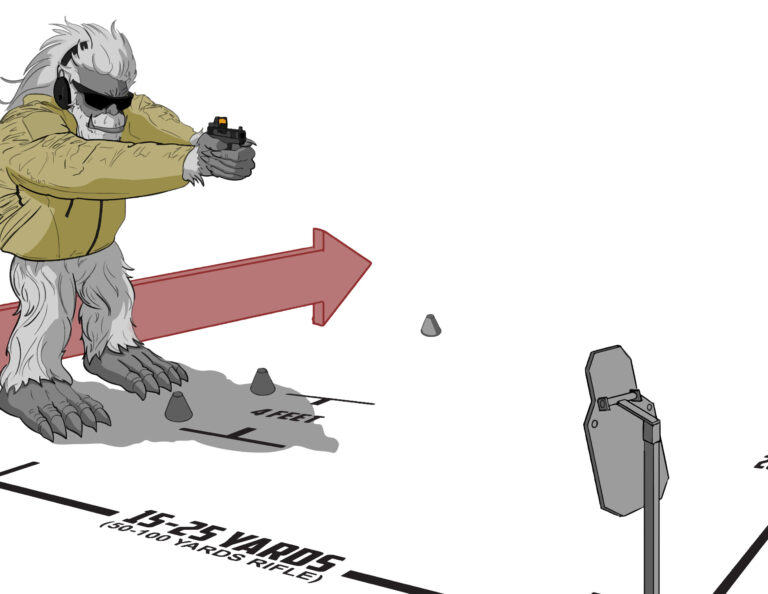
As with everything else in life, doing anything well boils down to getting the fundamentals down pat. This includes shooting. Your shooting stance, grip on the weapon, trigger…
© 2025 UN12 Magazine
© 2025 UN12 Magazine
Wait! Don’t forget to